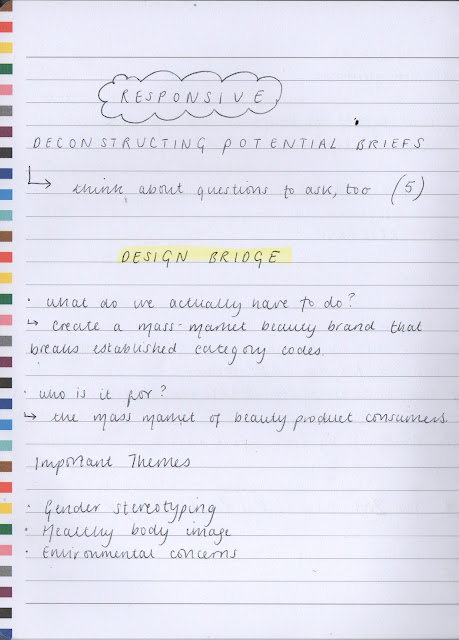- Chewing gum
- Solar System
- Moon
- Dizziness (birds flying around head)
- Planets
- Maypole dancing
- Hula hooping
- Casino wheel
- Kaleidoscope
- Compass
- Synchronised swimmers
- Dancers
- Clocks
Thumbnails
The first thing that springs to everyone's mind when they hear the word 'orbit' is anything to do with outer space and planets. I was really determined not to take a literal approach to this topic, so I explored many options. I initially thought of other things that travel in circles, for example kaleidoscopes and compasses, but I wanted it to be more exciting than just an object. I tried out a few thumbnails of May-pole dancing, but I found out that this didn't really have the impact that I was aiming for. I then thought of synchronised swimmers, and really enjoyed drawing figurative shapes interlocking with each other, so I took this idea forward.
Reference Imagery
Swimming pools and anything to do with water is particularly difficult to put down onto paper. I had a look at some photographs of wave and light refraction on the internet and had a go at tracing some of the shapes that were created by the movement of the water. It also helped to look at other illustrators who had produced work on this theme, for example Virginie Morgand, who had produced a beautiful three colour screen of swimmers, focusing on the body as a contact in water and on the surface by overlaying colours.
Swimming pools and anything to do with water is particularly difficult to put down onto paper. I had a look at some photographs of wave and light refraction on the internet and had a go at tracing some of the shapes that were created by the movement of the water. It also helped to look at other illustrators who had produced work on this theme, for example Virginie Morgand, who had produced a beautiful three colour screen of swimmers, focusing on the body as a contact in water and on the surface by overlaying colours.
Process
I decided to work in vectors this week for a change as I didn't want my skills to become too rusty. I found the water extremely challenging to draw, as I wanted it to look realistic yet simple at the same time. The process of using vectors is pretty straight forward, but I hope to broaden my skills further by discovering different textures and effects, to move my work on from a simple series of flat shapes.
Evaluation
I'm pleased that I came up with a concept that wasn't extremely generic in response to the word orbit. However I am feeling a lot of pressure with deadlines from my other modules this week, and I feel the stress of those has impacted on my work a little. The water was so challenging to portray, so I think I definitely need to work on this. Also, I'm not entirely sure that the swimmers are 100% clear either, and I'm slightly worried that it looks like something from 'The Human Centipede'... Nevertheless, I seek to improve on my methods of illustrating water, and continue working on the strength of my concepts.




















